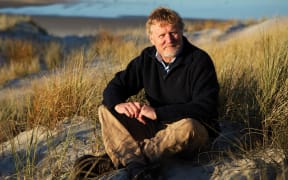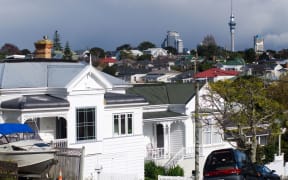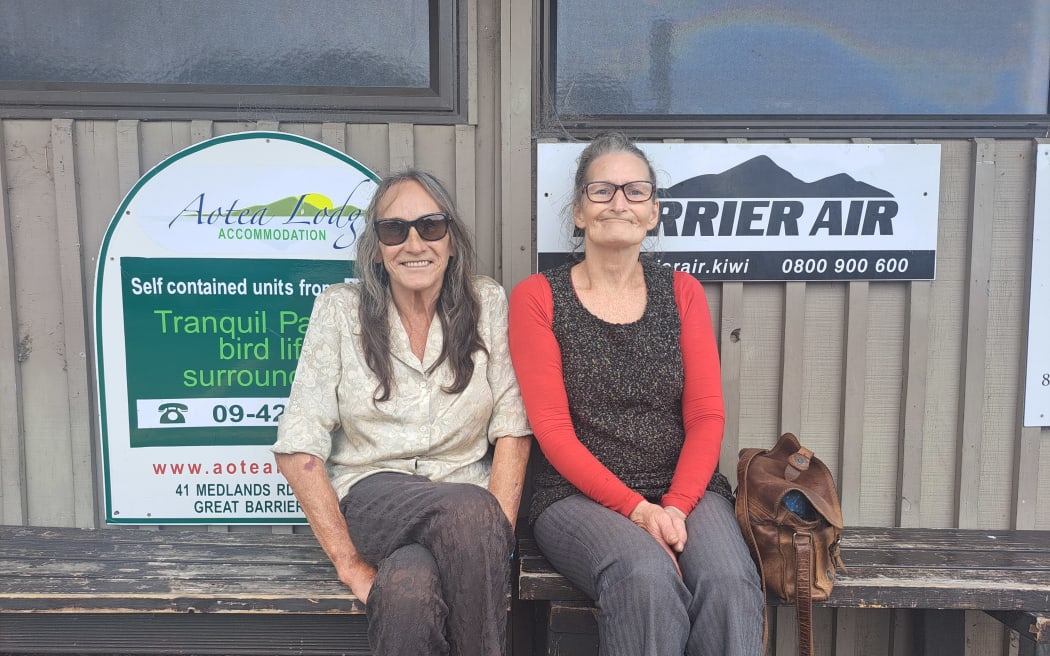
Anupa Nesbitt (left) and Alison Cookson (right). Photo: RNZ / Luka Forman
Great Barrier Island residents are living in caravans, tents and shipping containers, claiming wealthy holidaymakers buying up baches have pushed them out of the market.
About half the property on the island was made up of holiday homes or tourism accommodation, leaving limited houses for locals to buy or rent.
Alison Cookson and Anupa Nesbitt were two pensioners living in caravans on Great Barrier Island.
"I'm in a swamp, she's in a paddock. I had to build a roof over it, because it leaks ... if I stretch out on the bed my feet will be going out the window and I'm short. If you saw how we're living you would just be quite blown away. Most people would, eh?"
Cookson said the price of housing on the island shot up during the Covid-19 pandemic, as holidaymakers looked for a domestic trip instead of an international one.
"They all came here because they hadn't been, and they all suddenly bought up and they had the money, so everything went up to a million and a half for just a box. It was just crazy how it happened so fast ... a place on the market, just a section, bang! It's gone the next day."
Her situation made it difficult for any of her six kids, who lived off island, to visit.
"There's nowhere for them to stay, I wouldn't put anyone in my caravan."
Thirty-two properties on Great Barrier were listed on Trademe Property, ranging from just under $600,000 to nearly $15 million.
The majority of the properties were priced at more than $1m.
Rentals were difficult to come by on the island. Checkpoint was unable to find any listed online.
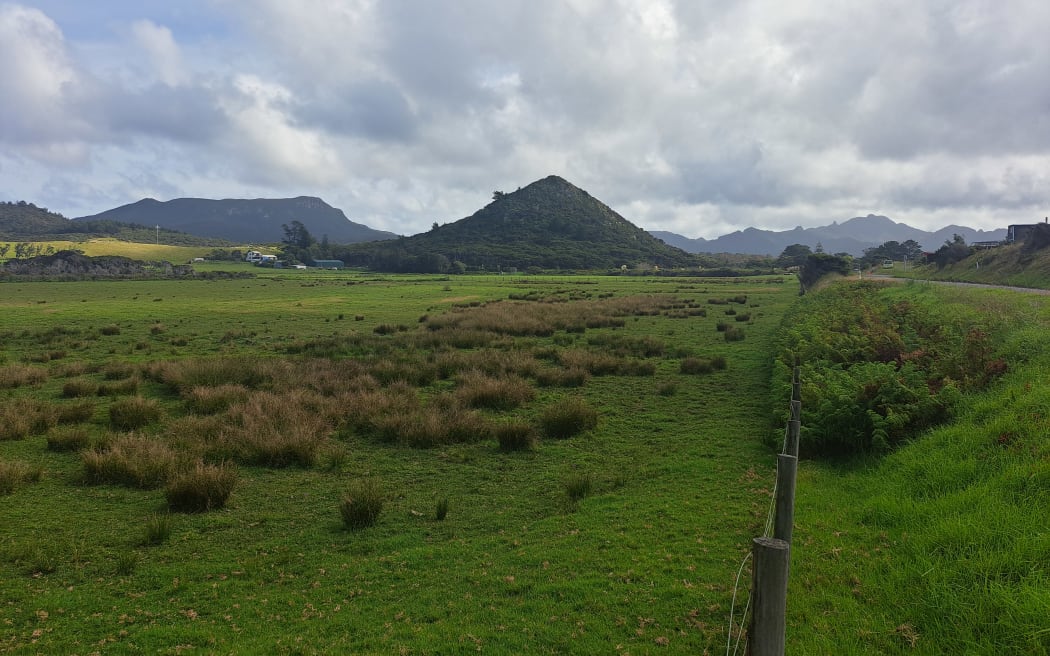
Great Barrier Island. Photo: RNZ / Luka Forman
In the northern part of the island, Aotea Family Support Group Charitable Trust chairperson Syd Davies said there was a range of housing situations in the small bay he lived in on iwi land.
"Here in Kawa we have almost every type of living environment. Container, put a door in the front, away you go. The other one is a tent, when winter hits, it's not quite as nice so they generally disappear."
That included a large property Davies was building for his own nine kids and their families, should they want to return to the island.
Davies said mana whenua and non-Māori alike felt a strong connection to the island and often wanted to return later in life.
But he said that could be a big ask financially.
"Those that don't have access to resources, but want to choose to be in this sort of lifestyle things are pretty tough. If you want to get a house anywhere in New Zealand, the bottom line is, you got to have some money. The island is no different, but it takes way more."
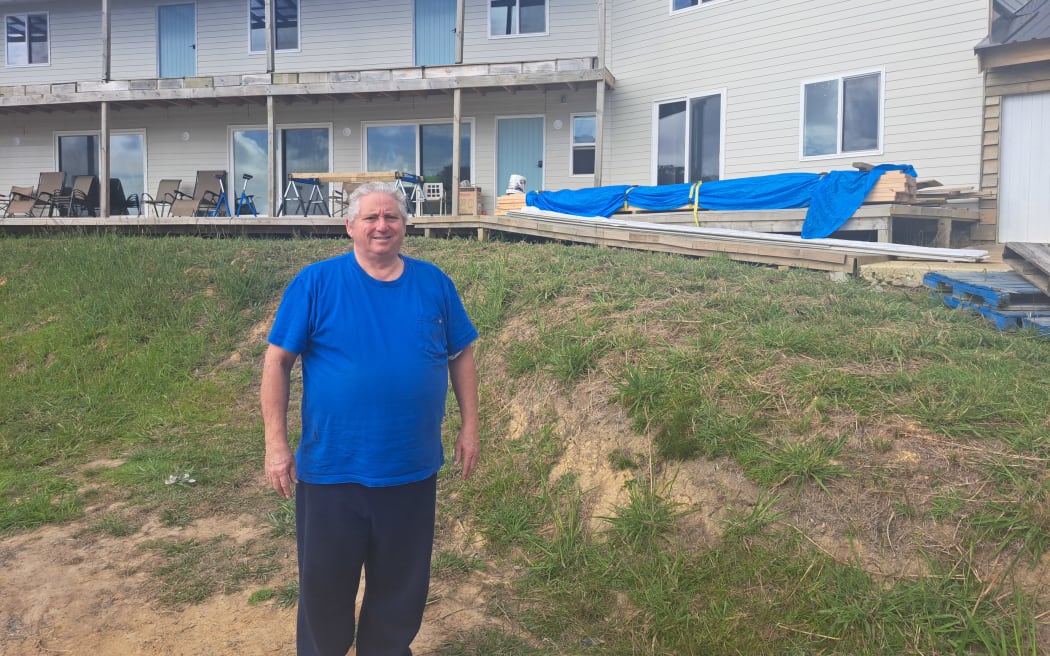
Syd Davies outside the home he is building for his family. Photo: RNZ / Luka Forman
Makere Jenner was the project lead at Tu Mai Taonga, a mana whenua-led project aimed at eradicating feral cats and rats from the island.
It had been a challenge for their employees to find housing on the island, she said.
"What we found was, people were really keen to work and would get through the whole interview process and then a month later would get back to us and say 'I've tried really hard I cannot find anywhere to live'."
But many were willing to tough it out, living in whatever arrangements were available, she said.
"We had a couple of crew that came from off island, moved here and sort of lived semi-nomadically. And that had it's own challenges as well, because sometimes people wouldn't even be able to come to work because the caravan got flooded."
Jenner said to achieve their goal of eradicating pests on the island, they needed boots on the ground, which meant whānau being able to find somewhere to live.

